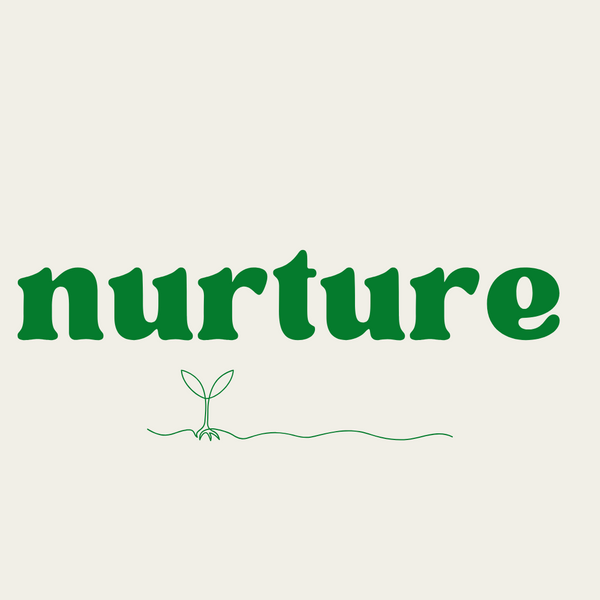
How to Care for Kale in Charlotte, NC: A Guide to Growing This Superfood
Share
Kale is one of the easiest and most nutritious vegetables to grow, making it a favorite for gardeners in Charlotte, NC. With its ability to thrive in cooler temperatures and its versatility in the kitchen, kale is a must-have for any home garden. Here’s how to care for kale to ensure you enjoy a healthy, abundant harvest.
Why Grow Kale?
Kale is a hardy green that thrives in Charlotte’s mild winters and transitional seasons. It’s packed with:
- Nutrients: High in vitamins A, C, and K, as well as iron and calcium.
- Versatility: Great for salads, smoothies, soups, and chips.
- Cold Tolerance: It can survive light frosts, which even enhance its flavor.
Planting Kale in Charlotte, NC
1. Choosing the Right Variety
Some popular kale varieties include:
- Curly Kale: The most common type, with tightly ruffled leaves and a sweet flavor.
- Lacinato Kale (Dinosaur Kale): A dark, textured variety with a rich, earthy taste.
- Red Russian Kale: A colorful variety with tender leaves and purple stems.
2. When to Plant
In Charlotte, you can plant kale in both spring and fall:
- Spring Planting: Sow seeds indoors 6-8 weeks before the last frost (early March) and transplant outdoors in late March or early April.
- Fall Planting: Direct sow seeds or transplant seedlings in late August to early September for a fall and winter harvest.
3. Where to Plant
- Sunlight: Kale grows best in full sun (6-8 hours daily) but tolerates partial shade, especially during hot weather.
- Soil: Use well-draining soil enriched with compost or organic matter. Aim for a pH of 6.0-7.5.
Caring for Kale
1. Watering
- Kale requires consistent moisture but doesn’t like soggy soil.
- Water deeply 1-2 times per week, ensuring the soil remains moist but not waterlogged.
2. Fertilizing
- Kale is a heavy feeder, so prepare the soil with a nitrogen-rich fertilizer or compost before planting.
- Side-dress with compost or an organic fertilizer every 4-6 weeks during the growing season.
3. Mulching
- Apply a layer of mulch (straw, pine needles, or shredded leaves) to retain soil moisture, regulate temperature, and suppress weeds.
4. Temperature Management
- Kale thrives in temperatures between 55-75°F.
- Use shade cloth during Charlotte’s hotter days in late spring or summer to prevent bolting.
Pest and Disease Management
1. Common Pests
- Cabbage Worms and Loopers: Hand-pick these pests or use organic treatments like Bt (Bacillus thuringiensis).
- Aphids: Spray with insecticidal soap or a strong jet of water to dislodge them.
- Flea Beetles: Protect seedlings with floating row covers.
2. Diseases
- Powdery Mildew: Prevent by ensuring good airflow and avoiding overhead watering.
- Clubroot: Rotate crops annually and avoid planting kale in the same spot as other brassicas.
Harvesting Kale
1. When to Harvest
- Kale is ready to harvest 50-70 days after planting or when the leaves are about the size of your hand.
- Harvest the outer leaves first, leaving the central bud to continue producing new growth.
2. How to Harvest
- Use scissors or a sharp knife to cut leaves off close to the stem.
- Regular harvesting encourages continuous growth and prevents the plant from bolting.
Growing Kale in Containers
If space is limited, kale grows well in containers:
- Use a pot at least 12 inches wide and deep.
- Ensure the container has drainage holes and fill it with nutrient-rich potting soil.
Companion Planting for Kale
Kale grows well with:
- Herbs: Dill and cilantro deter pests.
-
Vegetables: Onions, garlic, and beets make great companions.
Avoid planting kale near other brassicas like cabbage and broccoli to reduce pest pressure.
Conclusion
Growing kale in Charlotte, NC, is a rewarding experience that yields delicious and nutritious greens nearly year-round. With proper care, kale can thrive in our climate, providing fresh harvests for salads, soups, and more.
Have tips or questions about growing kale in Charlotte? Share them below—we’d love to hear from you!
